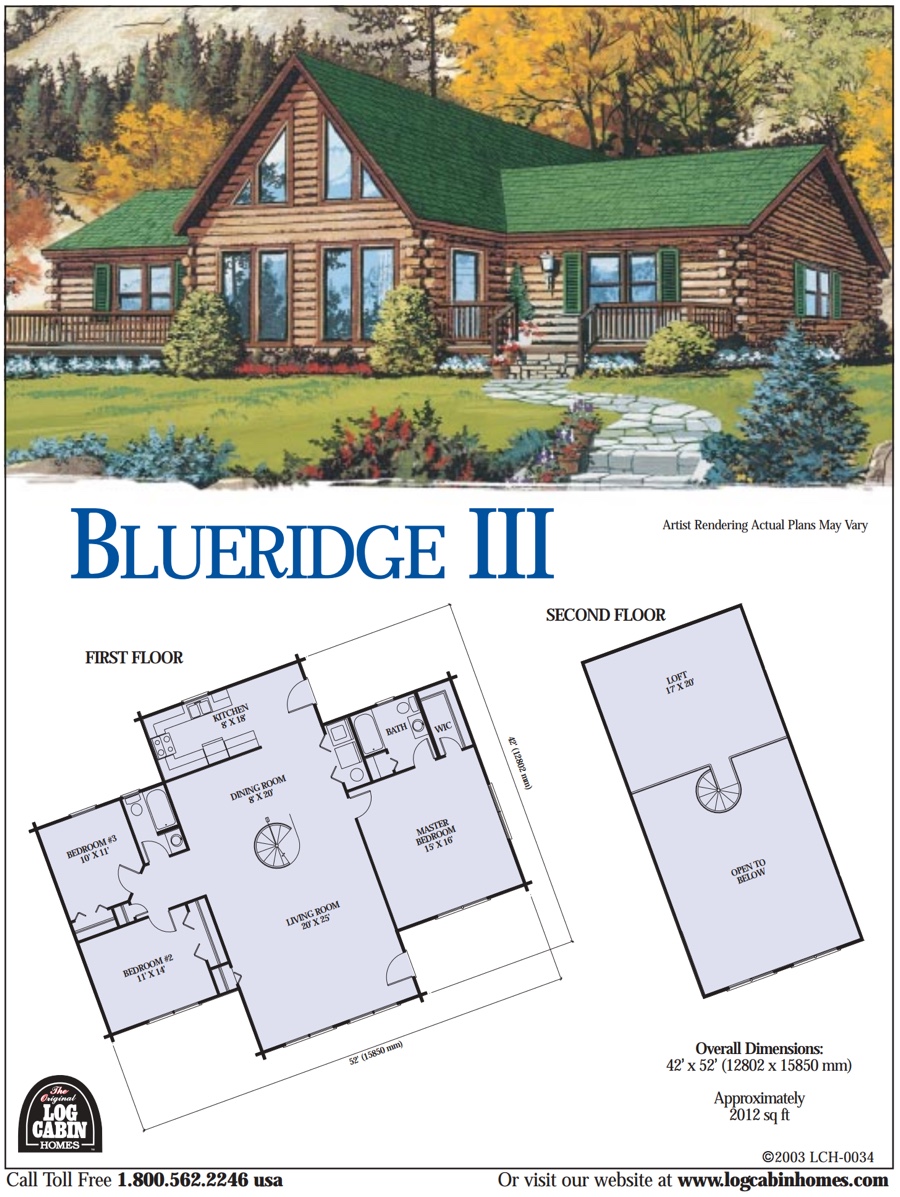This week I wanted to cover a discussion that seems to get mixed opinions throughout the industry… Air Dried -vs- Kiln Dried. While I’m sure there is good reason to use one over the other for a particular use I want to address this concerning “House Logs.” Let’s start with the basics…
Regardless of the wood species selected to build your Log Cabin Home with, it starts with the felling of trees. A live tree, or a freshly cut tree contains a high moisture content. The process of drying is an unstable time for this tree simply because as the moisture content lowers the wood shrinks. This is a natural part of using wood. For a wood to be ready to use, it must dry so that it is dimensionally stable regardless of its size. For framing lumber and smaller diameters of wood, it is common practice to use kiln drying so that the wood is ready for the marketplace and quick use. For house logs? Well, We believe that to be different.
Lets take a look at the process of both Air Drying and Kiln Drying.
AIR DRYING – This process of drying is simply a very natural one. Logs are stored in the open air with cover overhead and allowed to dry for a designated amount of time (8-16 months at Original Log Cabin Homes). Air drying is done prior to the milling of the log shape. This allows the wood to slowly, more naturally dry throughout the log evenly and minimal natural cracking (checking) appears. The moisture content in the wood over time acclimates to the atmosphere it is in. While this takes much longer than kiln drying, it provides ample time and ability for the logs to reach Equilibrium Moisture Content. (Definition: It is the moisture content at which the wood is neither gaining nor losing moisture; this however, is a dynamic equilibrium and changes with relative humidity and temperature)
KILN DRYING – This process of drying is a “forced” process. Logs prior to milling are placed into a kiln where heat is applied and the moisture is forced from the wood at a more rapid pace. What tends to happen when Kiln Drying larger diameter wood is that the moisture on the outside of the wood is forced out faster than the center of the wood. This causes shrinkage to occur on the outside of the wood before the center thus causing more violent cracking (Checking). Keep in mind that there really are no guidelines for kiln drying within the log home industry so it is not a regulated method of drying.
While The Original Log Cabin Homes fully recommends air drying for our logs, we also own our own kiln. You can call on many companies in the industry for advice on Air Dried -vs- Kiln Dried and will probably get a variety of answers. Most will tell you why you “NEED” specifically what they offer. It should add credibility to our answer simply because we offer both.
Until Next Time
Jennifer











